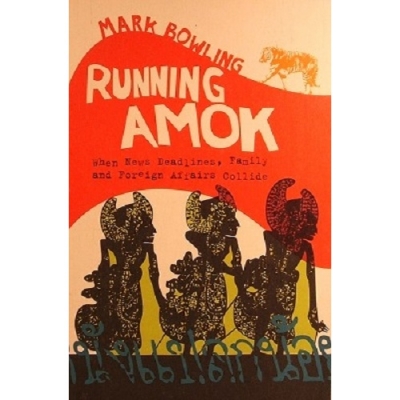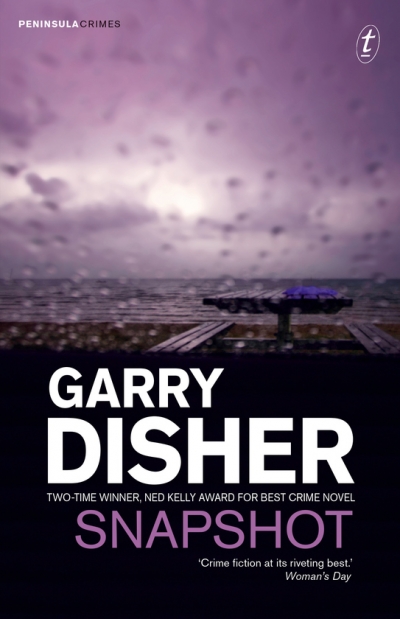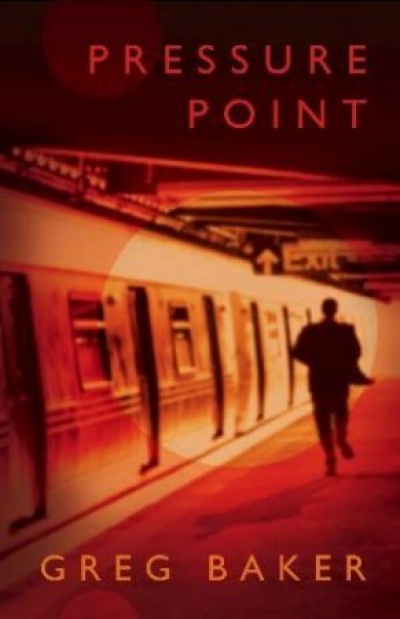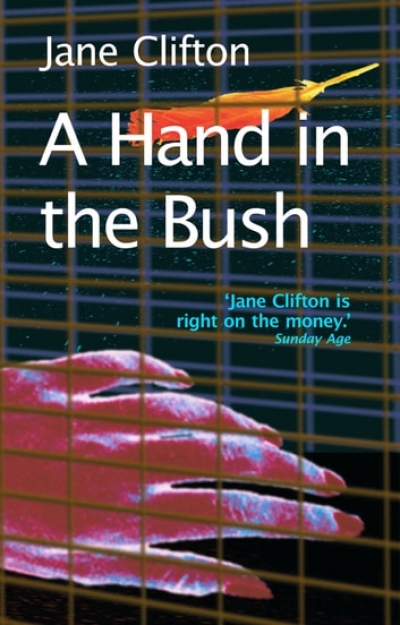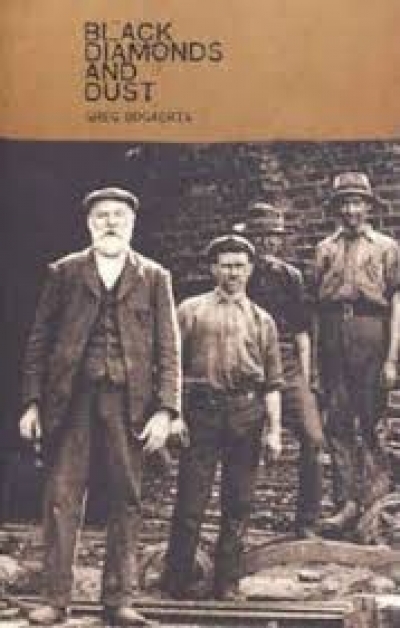Hodder
The Thirteenth Night by Jan McNess & Something More Wonderful by Sonia Orchard
by Joy Hooton •
Running Amok: When news deadlines, family and foreign affairs collide by Mark Bowling
by Philip Clark •
The Last Explorer: Hubert Wilkins, Australia's unknown hero by Simon Nasht
by Paul de Serville •
Snapshot by Garry Disher & A Thing of Blood by Robert Gott
by Rick Thompson •
Pressure Point by Greg Baker & The Millionaire Float by Kirsty Brooks
by Simon Caterson •
A Hand in the Bush by Jane Clifton & Death by Water by Kerry Greenwood
by Jake Wilson •
Black Diamonds and Dust by Greg Bogaerts & Sandstone by Stephen Lacey
by Allan Gardiner •



